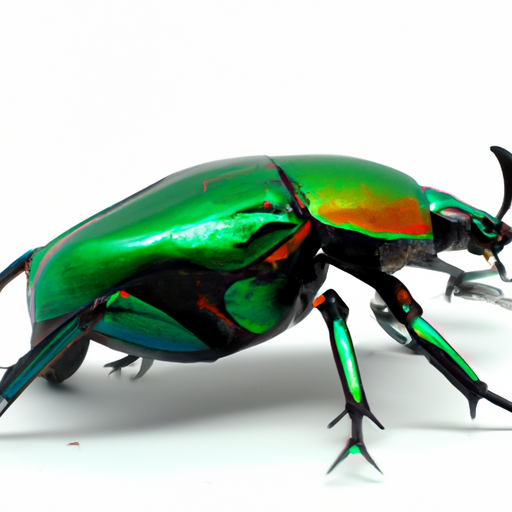 Zoology Animal Diversity B.Sc. 1st Year: An In-depth Exploration of the Fascinating World of Animals
Zoology Animal Diversity B.Sc. 1st Year: An In-depth Exploration of the Fascinating World of Animals
Introduction:
Zoology, also known as animal biology, is a field of study that focuses on the scientific study of animals. It encompasses various disciplines such as anatomy, physiology, behavior, evolution, and ecology. Animal diversity, one of the fundamental aspects of zoology, involves the exploration of the immense variety of animals that exist on our planet. This article aims to provide a comprehensive overview of the subject, specifically focusing on the curriculum covered in the B.Sc. 1st year of Zoology Animal Diversity.
Course Overview:
The B.Sc. 1st year curriculum in Zoology Animal Diversity is designed to introduce students to the vast array of animal species, their classification, characteristics, and evolutionary relationships. It lays the foundation for further studies in zoology and helps students develop a solid understanding of the animal kingdom.
Module 1: Introduction to Animal Diversity
The first module of the course serves as a general introduction to the study of animals. It covers the basic principles of zoology, including the history of zoology, major branches, and the significance of animal diversity in ecological systems. Students also learn about the different methods employed in the study of animals, such as fieldwork, laboratory experiments, and molecular techniques.
Module 2: Animal Classification
In this module, students delve into the fascinating world of animal classification. They learn about the hierarchy of classification, starting from the broadest categories such as kingdoms and gradually moving down to more specific categories such as phyla, classes, orders, families, genera, and species. The module also explores the various taxonomic systems used in animal classification and the importance of phylogenetic relationships in determining evolutionary history.
Module 3: Invertebrates
The third module focuses on the study of invertebrate animals, which constitute the majority of animal species on Earth. Students are introduced to the major groups of invertebrates, including sponges, cnidarians, flatworms, roundworms, mollusks, arthropods, and echinoderms. They learn about the unique characteristics, ecological roles, and economic importance of each group. Practical sessions involve the identification and examination of diverse invertebrate specimens.
Module 4: Vertebrates
Moving on to vertebrate animals, this module provides an in-depth understanding of the different classes of vertebrates: fishes, amphibians, reptiles, birds, and mammals. Students explore the anatomical, physiological, and behavioral adaptations that have allowed vertebrates to occupy diverse habitats worldwide. They also examine the evolutionary relationships between vertebrate classes and the ecological roles they play in their respective ecosystems.
Module 5: Comparative Anatomy and Physiology
Module 5 delves into the study of comparative anatomy and physiology of animals. Students learn about the structural and functional adaptations of various animal organ systems, including the digestive, respiratory, circulatory, nervous, and reproductive systems. Comparative studies enable students to understand the similarities and differences in animal anatomy and physiology across different taxa.
Module 6: Animal Behavior
The final module of the B.Sc. 1st year curriculum focuses on animal behavior. Students explore the mechanisms and functions of animal behavior, including communication, social interactions, foraging, mating, and parental care. They also learn about the various methods used to study animal behavior, such as field observations, experiments, and ethograms. The module emphasizes the role of behavior in species survival, adaptation, and evolution.
Conclusion:
The B.Sc. 1st year curriculum in Zoology Animal Diversity offers a comprehensive overview of the fascinating world of animals. From the microscopic invertebrates to the diverse classes of vertebrates, students gain a deep understanding of the vast array of animal species on our planet. The course equips them with essential knowledge and skills necessary for further studies in zoology or related fields. By nurturing a curiosity and appreciation for animal diversity, students are prepared to contribute to the conservation and understanding of our natural world.
